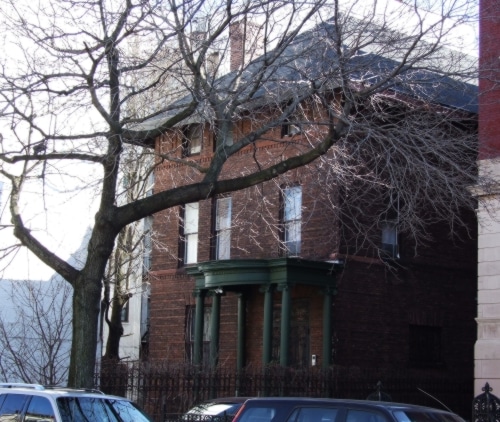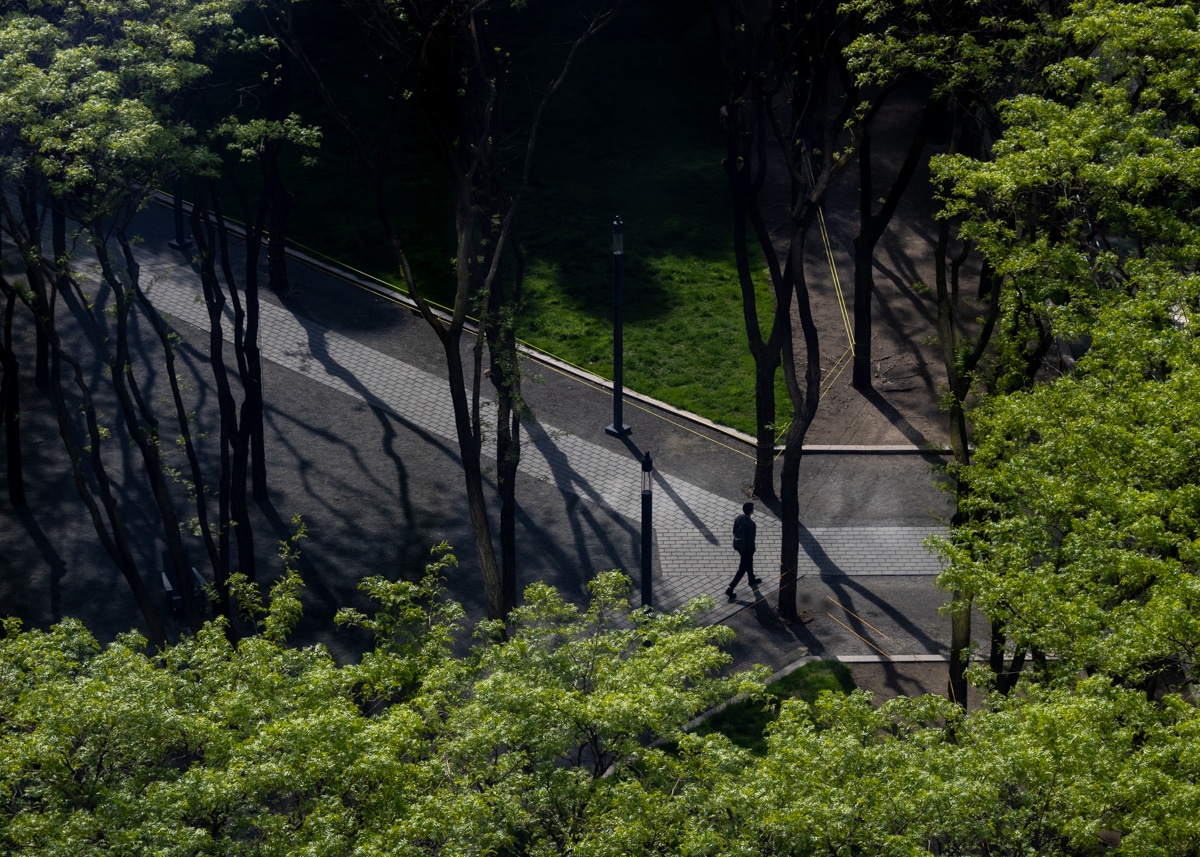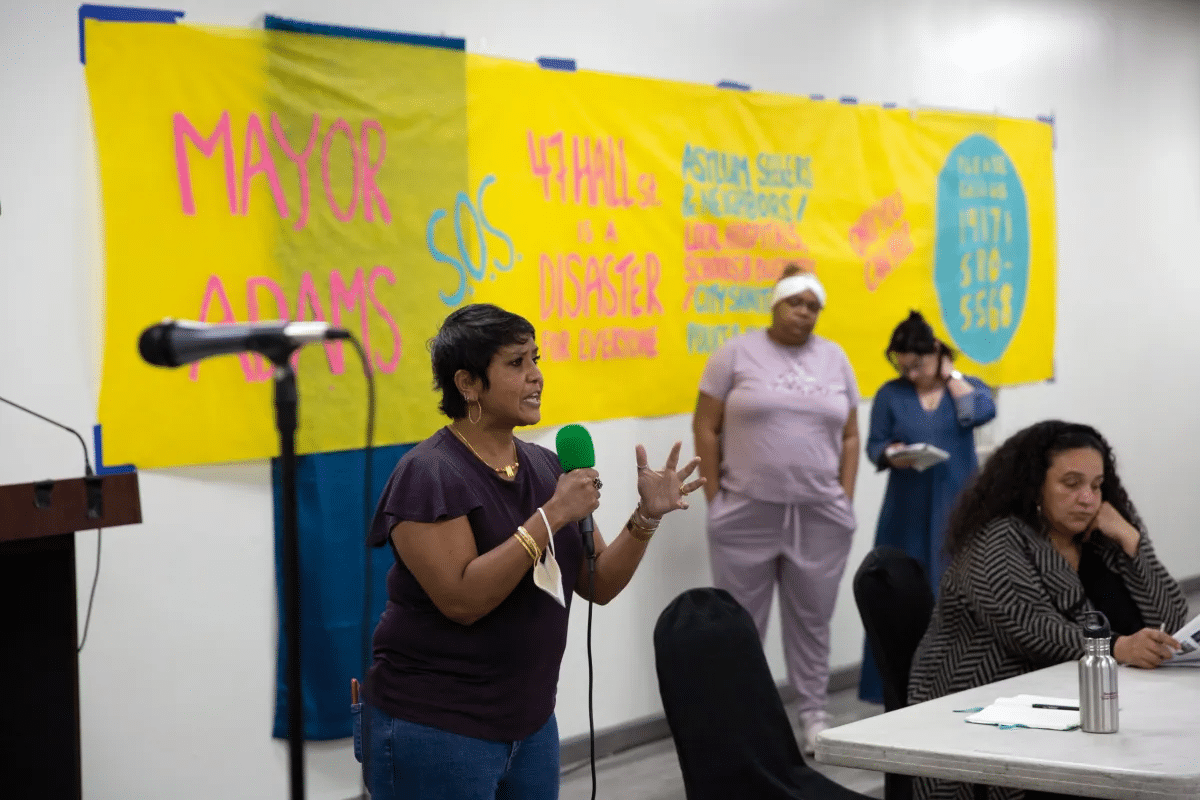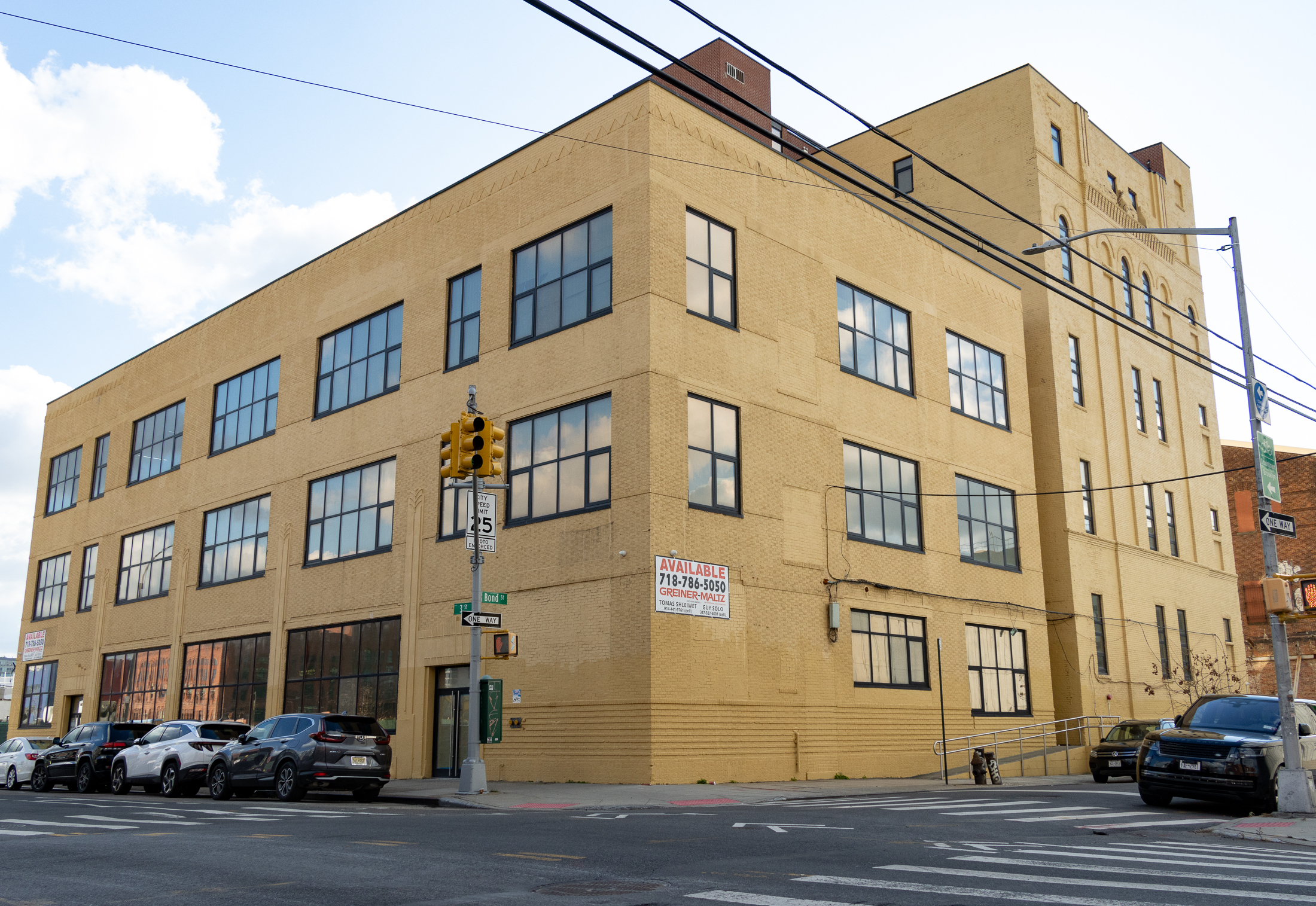Building of the Day: 85 South Oxford Street
Brooklyn, one building at a time. Name: Lafayette Avenue Presbyterian Church Address: 85 South Oxford Street Cross Streets: Corner of Lafayette Avenue Neighborhood: Fort Greene Year Built: 1860-1862 Architectural Style: Romanesque Revival Architect: Grimshaw & Morrill, with work later by Montrose W. Morris, Babcock, Cook & Willard Other Work by Architect: Marshall J. Morrill designed…

Brooklyn, one building at a time.
Name: Lafayette Avenue Presbyterian Church
Address: 85 South Oxford Street
Cross Streets: Corner of Lafayette Avenue
Neighborhood: Fort Greene
Year Built: 1860-1862
Architectural Style: Romanesque Revival
Architect: Grimshaw & Morrill, with work later by Montrose W. Morris, Babcock, Cook & Willard
Other Work by Architect: Marshall J. Morrill designed Brooklyn’s Children’s Aid Society Building on Poplar St, the stable at 159 Carlton Avenue, and row houses in Clinton Hill, Fort Greene, Bedford Stuyvesant, and other areas of Brooklyn
Landmarked: Yes, part of Fort Greene HD (1978)
The story: This is one of my favorite churches in Brooklyn. Not so much because of the exterior beauty of the building, but because of what went on inside these walls, as well as the interior walls and spaces themselves. Interestingly enough, the congregation was founded not out of brotherhood and togetherness, but because of strife and infighting amongst Presbyterians. From that disagreement came one of Brooklyn’s most inclusive and forward thinking religious groups in the city.
The Lafayette Avenue Presbyterian Church was founded in 1857 nearby on Carlton and DeKalb, and was known then as the Park Presbyterian Church. The members of this congregation were members of the “New School Synod” of Presbytery, a much more progressive and liberal group than the “Old School” bunch, from which they had split. In 1860, they hired Rev. Theodore L. Cuyler to become the church’s first minister. He officiated over the building of this new church, which broke ground in 1860, and was dedicated in 1862. Marshall J. Morrill, who designed many buildings in the area, was hired to design this very sturdy church, clad in Belleville freestone, a form of brownstone. This was one of those “mighty fortress” churches, and originally had a taller belfry tower that would burn down in the 20th century.
Presbyterians, like Congregationalists, Unitarians, Methodists and Baptists, were not Gothic, high church people. Unlike Catholics and Episcopalians, services are not ceremonial, with liturgy, processions and pomp; they are simple, with emphasis on the Word of God, as expressed in the sermon, and in music. So the interior set up of these churches made the pulpit the focus, and consequently, the seating, the placement of the organ, and even the doorways and aisles, are positioned to give maximum attention to the pulpit and stage. Lafayette Avenue Church is one of Brooklyn’s first amphitheater churches, joining the Church of the Pilgrims and Plymouth Church as early examples of this style.
Like Plymouth Church, Lafayette Avenue Presbyterian had an ardent anti-slavery preacher in the Rev. Cuyler. Where Henry Ward Beecher brought down God’s terrible wrath on slavery and slaveholders, Rev. Cuyler had a different style, backed by scholarship and theology, couched in no uncertain terms. He was just as passionate as Beecher, and his church became known as the “the Temple of Abolition.” Frederick Douglass, Harriet Tubman and Sojourner Truth all spoke here at Lafayette Pres.
He besieged Abraham Lincoln with letters urging that he end slavery, and he and his congregation put their money and freedom on the line by making the church a sanctuary and important terminal on the Underground Railroad. A series of tunnels and passageways have been found under the church. After the Civil War, Rev. Cuyler was a leader in the temperance and evangelical movements, and his books and sermons were read all over the world. He died in 1909, and the small triangular park nearby, called Cuyler Gore, is named after him.
In 1886, the church bought a magnificent Hook & Hastings organ, the pride of Rev. Cuyler and the congregation. The casings and some of the ranks of this organ remain, but the rest was replaced in 1910 by another magnificent instrument, an Austin Organ. Today, this organ is in need of major repairs and funds are being solicited for the task. It will cost several million dollars. Originally, the church had plain yellow colored glass windows. A couple still remain high in the tower. But beginning in the late 19th century, parishioners donated elaborate stained glass panels, and now the church has 13 Tiffany panels, and several by other prominent studios gracing the windows of the church, Sunday school, and offices. They are incredible.
In 1891, Montrose Morris was hired to redo the interior of the tower, and in 1899, the firm of Babb, Cook & Willard altered the Sunday school wing. Today, that wing is home to the Irondale Theater Ensemble. The space had not been used in over 25 years when they took it over, thirty years ago this year, and remains the way it was, with the original walls of scripture panels, peeling paint, and unfinished space. I really like spaces like this, and it is a great asset to the community.
Unlike many Brooklyn churches that lost their white congregations as the neighborhoods changed around them, Lafayette Pres. has always remained a very integrated and mixed congregation. The sanctuary’s mural by Pratt artist Hank Prussing, painted in the 1970s, features portraits of people in the neighborhood, celebrating the diversity of the neighborhood and the congregation. The ecclesiastical purist in me didn’t like it the first time I saw it, but it’s grown on me every time I’ve been there. This remains one of Brooklyn’s great churches. GMAP
(Photo: Ben Huff for untappedcities.com)
















What's Your Take? Leave a Comment